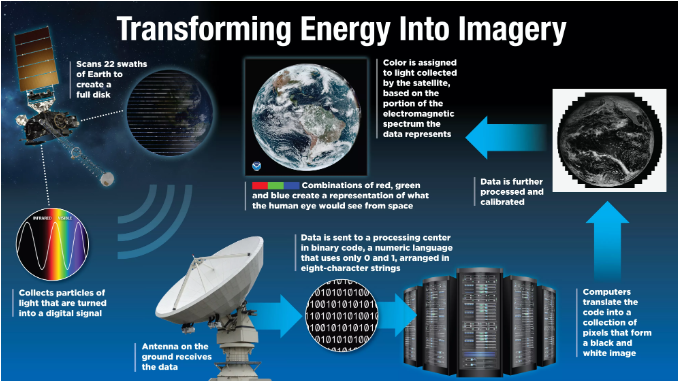Table of Contents
Low Earth Orbit (LEO) satellites
Low Earth Orbit (LEO) satellites orbit between 160 and 2,000 kilometers above the Earth. They’re so close to the Earth that they orbit very fast, going around the Earth every 90 to 120 minutes. The LEO satellite’s close proximity to Earth greatly reduces communication latency by only 10 to 50 milliseconds! This is crucial for any activity that requires real-time data, such as video calls, live broadcasts, or rapid stock trading.
A single LEO satellite can handle bandwidth of up to 1 Gbps, which means it can support thousands of HD video streams simultaneously. These satellites can’t see the entire Earth at once – their coverage area is about 1,500 kilometers in diameter, and to ensure global coverage, companies deploy these satellites in clusters to form ‘constellations’. The famous Starlink project aims to launch thousands of such satellites, creating a vast sky network that ensures no corner of the world is offline.
Each satellite in LEO orbit typically has a service life of five to eight years before being replaced. They are designed to be derailed and burn up in the atmosphere at the end of their lives, which helps prevent the creation of space junk.

Medium Earth Orbit (MEO) satellites
Located at altitudes between 2,000 and 35,786 kilometers, these satellites are farther from Earth than LEO satellites, and MEO satellites have a wider field of view. They can cover much larger ground areas up to 5,000 kilometers in diameter.
MEO satellites take longer to complete one orbit around the Earth – about six to 12 hours per orbit. This is even more important for missions that require sustained, stable coverage over a specific area than super-fast orbits. The MEO satellite provides just such a service, with a latency of about 70 to 80 milliseconds.
The transmission power of each GPS satellite is about 50 watts. It may not sound like much more than a light bulb in your house, but at that distance, it’s enough to send a signal clearly to your phone or car on Earth.
Due to the more stable orbital environment, MEO satellites have a longer life of about 10 to 15 years of operation, so there is more stability in the network they support. Each satellite in the GPS constellation is part of a network, and if one of them fails, the others can take over its tasks, ensuring that your GPS operates without error.
Geostationary orbit (GEO) satellites
Geostationary orbit (GEO) satellites are located at an altitude of approximately 35,786 km above the equator. They are like high-altitude balloons in the satellite world, but in a fixed position directly above us, rotating with the Earth. This unique position makes them appear to be stationary from our perspective.
A single GEO satellite covers about 42 percent of the Earth’s surface. This wide field of view allows them to see and communicate with entire continents and oceans. Despite the long distance, GEO satellites are real powerhouses in the field of communications. They operate at about 200 watts of signal power, which allows them to transmit television broadcasts, weather forecasts and even provide telecommunications services across vast distances.
The signals from each GEO satellite can travel great distances and even reach remote areas beyond the reach of other types of satellites. The reason they’re often used for satellite TV – no matter where you set up your satellite dish in the coverage area, you can watch your favorite shows through these spreaders in the sky.
GEO satellites can operate for about 15 to 20 years, thanks to their stable orbits and light radi belts compared to lower orbits.







